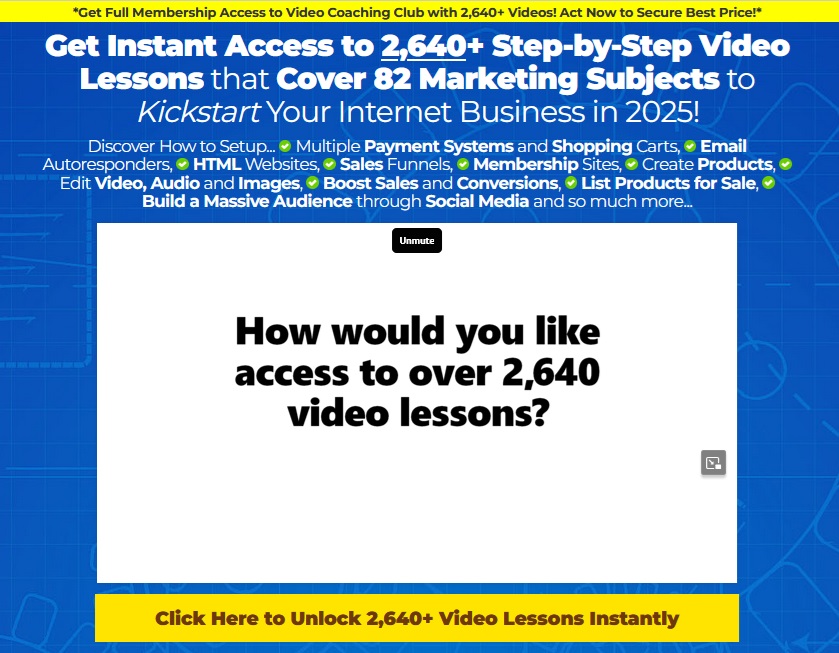Identifying Your Target Audience
(Click the “Play Button” to Listen to the Post)
 Identifying your target audience is like finding the perfect recipe for success in email marketing. When you know who you’re talking to, you can create messages that resonate, engage, and convert. Let’s explore how to pinpoint your ideal subscribers and why it’s so important.
Identifying your target audience is like finding the perfect recipe for success in email marketing. When you know who you’re talking to, you can create messages that resonate, engage, and convert. Let’s explore how to pinpoint your ideal subscribers and why it’s so important.
The first step in identifying your target audience is understanding who they are. Think about the people who are most likely to be interested in your products or services. Consider factors such as age, gender, location, occupation, and interests. These demographics provide a basic framework for defining your audience.
Next, dive deeper into their behaviors and preferences. What challenges do they face? What solutions are they seeking? Understanding their pain points helps you craft emails that address their needs and offer valuable solutions. For example, if you’re selling fitness equipment, your audience might be people looking to get in shape or improve their health. Your emails can then focus on how your products can help them achieve their fitness goals.
Another important aspect is psychographics, which involves understanding your audience’s attitudes, values, and lifestyles. This goes beyond basic demographics and gets to the heart of what motivates your audience. Are they environmentally conscious? Do they value luxury and exclusivity? By tapping into these deeper insights, you can create more compelling and personalized content.
One effective way to gather this information is through surveys and questionnaires. Ask your current customers and subscribers about their preferences, interests, and needs. This direct feedback is invaluable for building a detailed picture of your target audience. Additionally, you can use website analytics and social media insights to learn more about the people interacting with your brand online.
Creating buyer personas is a powerful tool for visualizing your target audience. A buyer persona is a fictional representation of your ideal customer, based on real data and insights. Give your personas names, backgrounds, and specific characteristics. For example, you might have “Fitness Fiona,” a 30-year-old professional who enjoys yoga and is looking for ways to stay active at home. Another persona might be “Healthy Hank,” a middle-aged man focused on losing weight and improving his diet.
Once you have your buyer personas, tailor your email content to each segment. Personalized emails are much more effective than generic messages. Use your personas to guide your subject lines, email copy, and call-to-actions. Address the specific needs and interests of each segment to make your emails more relevant and engaging.
Segmenting your email list based on different criteria allows you to send targeted messages to specific groups within your audience. You can segment by demographics, behaviors, purchase history, and more. For instance, you can create a segment for new subscribers and send them a welcome series that introduces your brand and products. Another segment could be for loyal customers who receive exclusive discounts and early access to new products.
Understanding your target audience also helps you choose the right tone and style for your emails. If your audience is young and trendy, a casual and fun tone might work best. For a more professional audience, a formal and informative tone might be more appropriate. Matching your tone to your audience’s preferences enhances your communication and strengthens your connection with them.
In summary, identifying your target audience is crucial for effective email marketing. By understanding who they are, what they need, and what motivates them, you can create personalized and relevant content that resonates with them. Use surveys, analytics, and buyer personas to gather insights and segment your audience for targeted messaging. When you speak directly to your audience’s interests and needs, your emails are more likely to engage and convert, driving the success of your email marketing campaigns.
Brought to you by https://gregraymarketing.com
Get Lifetime Membership Access
to My Video Coaching Club
(over 2,600+ lessons for one price)

Our latest Video Coaching Club is your one-stop to all the nuts and bolts you need in your business.
We’ll cover everything from integrating multiple payment processors, setting up shopping carts,
what platforms to sell on… to building websites, editing HTML, installing blogs, building sales funnels,
integrating autorepsonders, animating videos, editing audios, creating graphics and so much more!
Check out the link below for more details…
